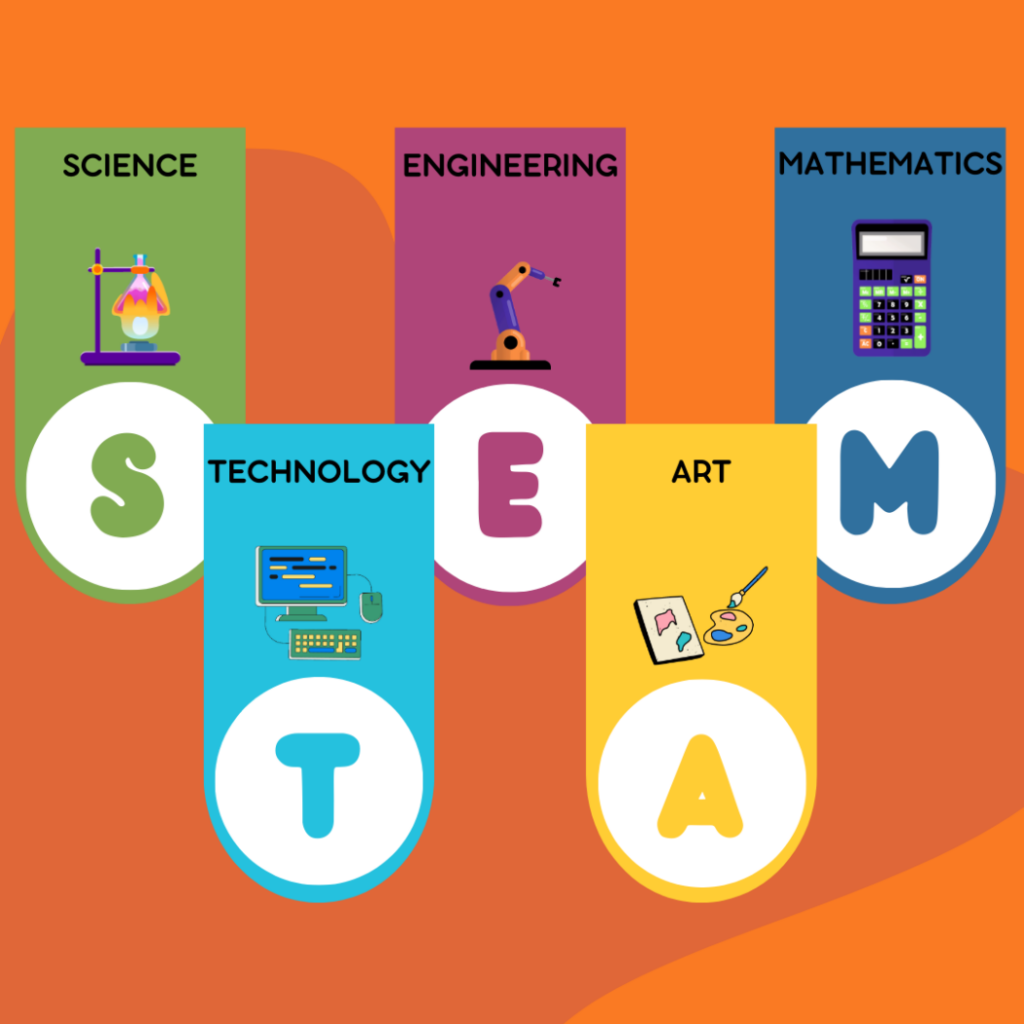In today’s rapidly evolving world, it’s essential to equip students with the skills and knowledge they need to succeed. Traditional education has primarily focused on teaching subjects separately, but now there is a rising movement towards a more integrated approach – STEAM education. Combining Science, Technology, Engineering, Arts, and Mathematics, STEAM education not only fosters creativity and critical thinking but also prepares students for the challenges and opportunities of the future.
What is STEAM Education?
STEAM education is an interdisciplinary approach to learning that encourages students to explore real-world problems using a combination of Science, Technology, Engineering, Arts, and Mathematics. By integrating these subjects, STEAM education aims to provide a holistic learning experience, helping students make connections between different fields and develop a broader understanding of the crossover between these disciplines in the workforce.
Benefits of STEAM Education
Enhanced Problem-Solving Skills: STEAM education emphasizes hands-on learning and inquiry-based approaches, which enable students to develop critical problem-solving skills. Through projects and experiments, students learn to identify problems, analyze data, and find innovative solutions.
Creativity and Innovation: The arts component in STEAM fosters creative thinking and encourages students to explore new ideas. By integrating art and design into scientific or technical projects, students can approach challenges with a fresh perspective, leading to unexpected and inventive outcomes.
Real-World Relevance: STEAM education bridges the gap between the classroom and the real world. By engaging with practical examples, students understand the relevance of their learning and how it can be applied to real-life situations. This type of direct hands-on experience enhances their motivation and enthusiasm for learning.
Critical Thinking Skills: The interdisciplinary nature of STEAM education encourages students to think critically, analyze information, and draw connections between different subjects. This ability to think across disciplines is crucial in today’s complex and interconnected world.
Collaboration and Communication: STEAM projects often require teamwork, collaboration, and effective communication among students. By working in groups, students improve their communication skills, learn to listen to different perspectives, and develop essential teamwork abilities.
Implementing STEAM Education
Teacher Training: To effectively implement STEAM education, teachers need proper training and professional development opportunities. By empowering teachers with the necessary skills and knowledge, schools can ensure the successful integration of STEAM into their curriculum.
Integration Across Subjects: Aligning the curriculum across all subjects can help create meaningful connections for students. Collaboration among teachers from different disciplines is essential to designing integrated lesson plans and projects that incorporate STEAM principles.
Utilizing Technology: Technology plays a significant role in STEAM education by providing tools for exploration and experimentation. Incorporating tech tools, such as coding or robotics, enables students to apply their theoretical knowledge while increasing their digital literacy skills.
Community and Industry Engagement: Encouraging partnerships with the local community and industry can provide students with opportunities for real-world experiences. Hosting guest speakers, organizing field trips, or establishing mentorship programs can further enhance the learning experience.
Realizing the STEAM Dream
STEAM education is more than just a trend; it is a necessary shift towards preparing students for a future that demands adaptability, creativity, critical thinking, and collaboration. By embracing an integrated approach to education, schools can empower students to become problem solvers, innovators, and life-long learners. Together, we can begin fostering a generation of individuals to be equipped with the skills and knowledge to shape a better tomorrow.
____________________________________________________________________________________
At SciTech Institute, our mission is to inspire curiosity, nurture innovation, and empower learners with essential knowledge and skills in the world of STEM. We dedicate ourselves to making STEM education accessible to everyone, no matter their age or background.
Get involved in this incredible cause for good by visiting the SciTech Institute website to check out our events calendar, volunteer opportunities, and financial ways to support STEM education and programs in Arizona and beyond!






